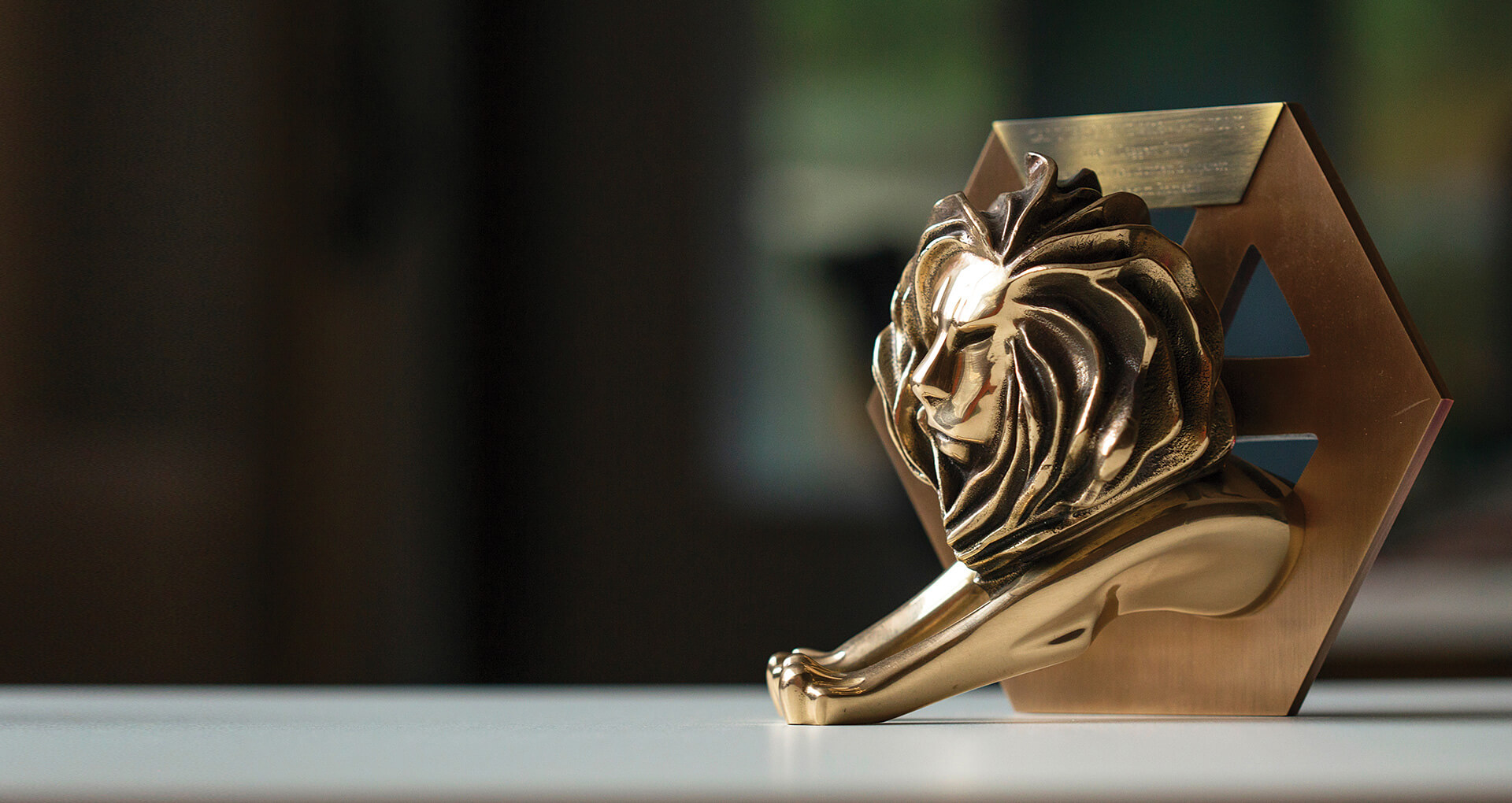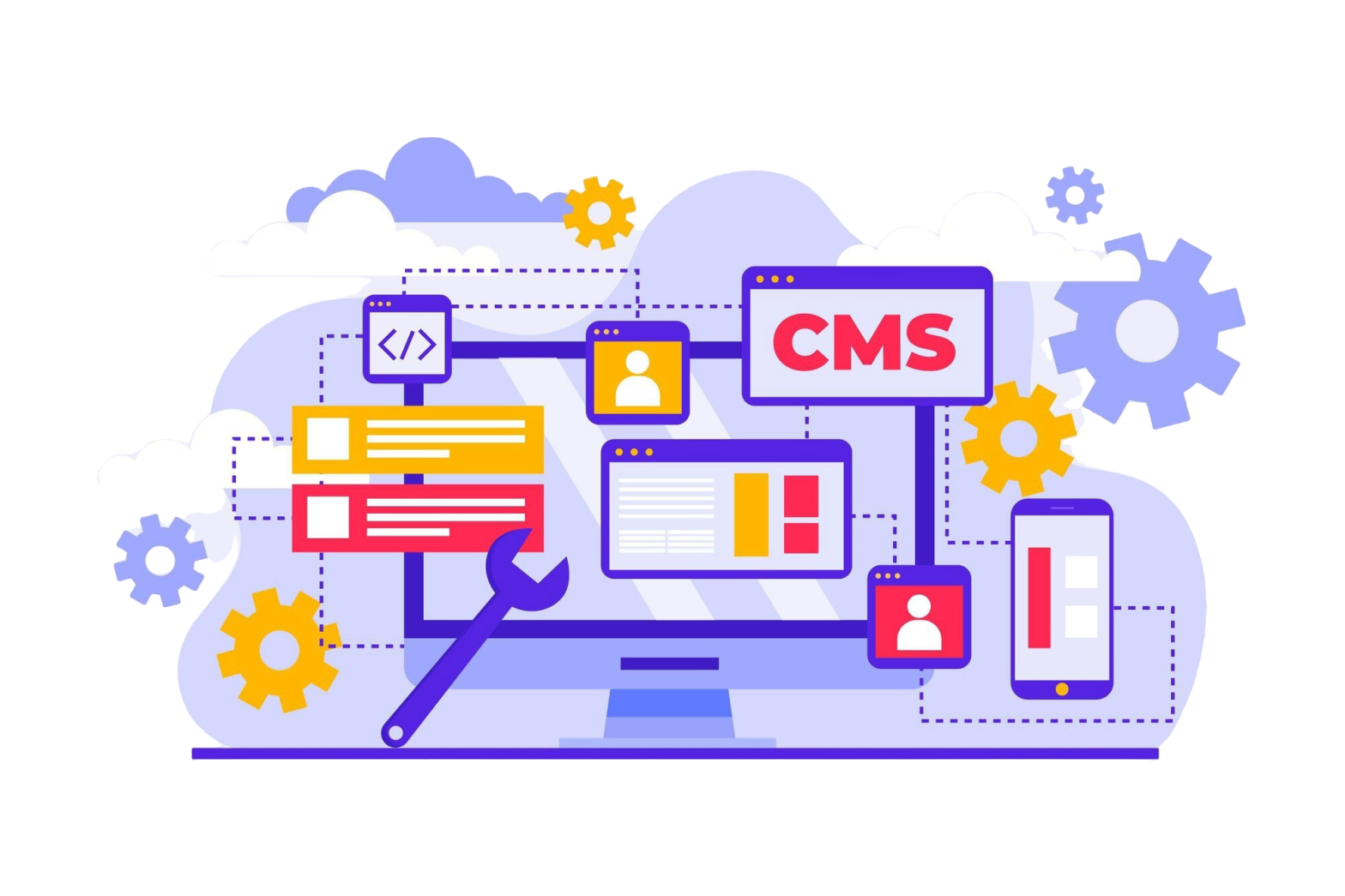

Websites are the face of businesses in today’s digital age, but do you know who’s behind the scenes? Have you ever debated the roles of a web designer vs a web developer? It’s a common misunderstanding that these terms mean the same thing. In reality, they represent two different skill sets collaborating to bring a website to life. Let’s break down the web design vs web development debate and see where each fits in the process.
Web design focuses on a website’s aesthetic and user experience (UX) aspects. Web designers are like digital architects—they craft layouts, select colour schemes, and ensure the site is visually appealing and easy to navigate. Key responsibilities of a web designer include:
The tools of the trade for web designers often include software like Adobe Photoshop, Sketch, and Figma. A web designer ensures that your website is functional and leaves a lasting impression.
On the other hand, web development deals with a website’s coding and technical functionality. A web developer’s job is to write code to bring the designer’s vision to life. Their primary tasks include:
Web developers commonly use programming languages like HTML, CSS, JavaScript, PHP, and Python. They ensure the website runs smoothly and securely.
Web designers and web developers collaborate closely to create a cohesive website. The designer lays out the blueprint, and the developer ensures it functions flawlessly. For example, when designing an e-commerce site, a designer might focus on a visually appealing product page while the developer builds the cart functionality and payment gateway.
At Hashtag Orange, this collaboration is seamless. They combine cutting-edge design with robust development to deliver top-notch websites tailored to your business needs.
Every website has to balance aesthetics and performance. The website repels people when poorly designed and becomes dysfunctional without technical effectiveness. Both web design and development constitute a site that is eye-catching, user-friendly, and functional.
To choose between web designing and development, you must analyse your needs. Suppose you have already established your branding and most of the visuals; then the designer is the one you need. If you are looking to add features such as e-commerce or databases, then you need to get that developer.
1. Enhanced User Experience: A seamless collaboration ensures the website is visually appealing and easy to navigate, keeping visitors engaged.
2. Consistent Branding Across Pages: Designers and developers work together to maintain uniform branding, reinforcing the website’s identity.
3. Faster Loading Times: Developers optimise coding and resources, while designers avoid heavy elements, resulting in quicker page loads.
4. Improved Search Engine Rankings: Search engines favour websites with a clean design, responsive layout, and fast loading speeds, boosting visibility.
5. Higher Conversion Rates: A well-designed and functional site encourages users to stay longer and complete desired actions, such as purchases or sign-ups.
1. Differing Priorities: Designers may prioritise aesthetics, while developers focus on functionality, leading to potential conflicts in project goals.
2. Compatibility Issues: Design tools and development frameworks might not align perfectly, causing delays in implementation.
3. Balancing Creativity and Usability: Striking a balance between artistic design and practical usability can be difficult but is crucial for success.
4. Rapid Technological Changes: The constant evolution of tools and technologies requires both designers and developers to stay updated.
5. Communication Gaps: Poor team communication can lead to misaligned outputs, affecting the website’s quality and timeline.
By addressing these challenges with precise planning and collaboration, teams can create websites that excel in form and function.
Web design and web development are distinct yet interconnected fields essential for building successful websites. While web design focuses on creating visually stunning and user-friendly layouts, web development ensures that the site is functional and robust.
Understanding the difference between web design and web development helps businesses make informed decisions about their website projects. Whether you’re hiring professionals or exploring these fields yourself, both disciplines are invaluable in shaping the online world.